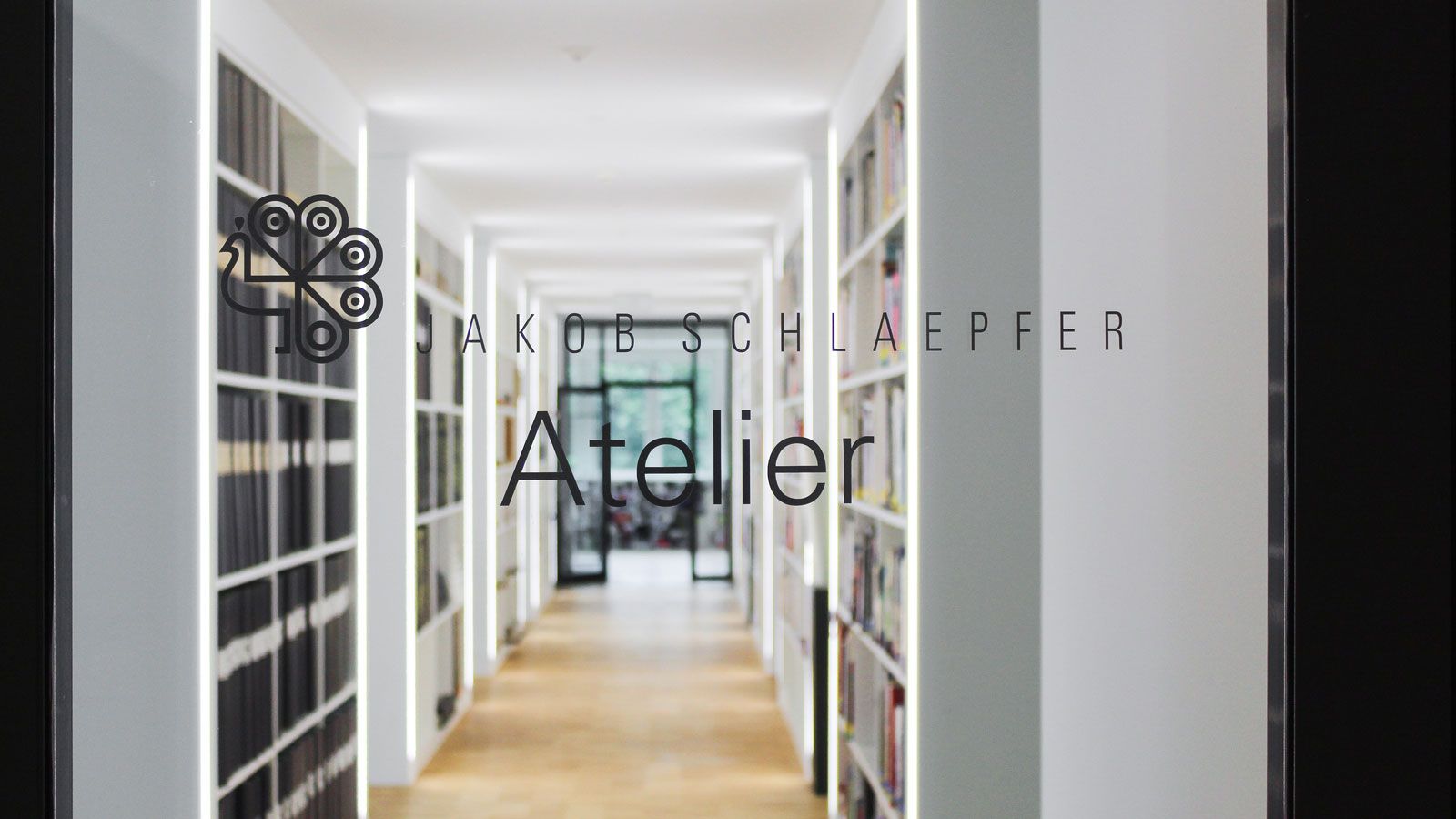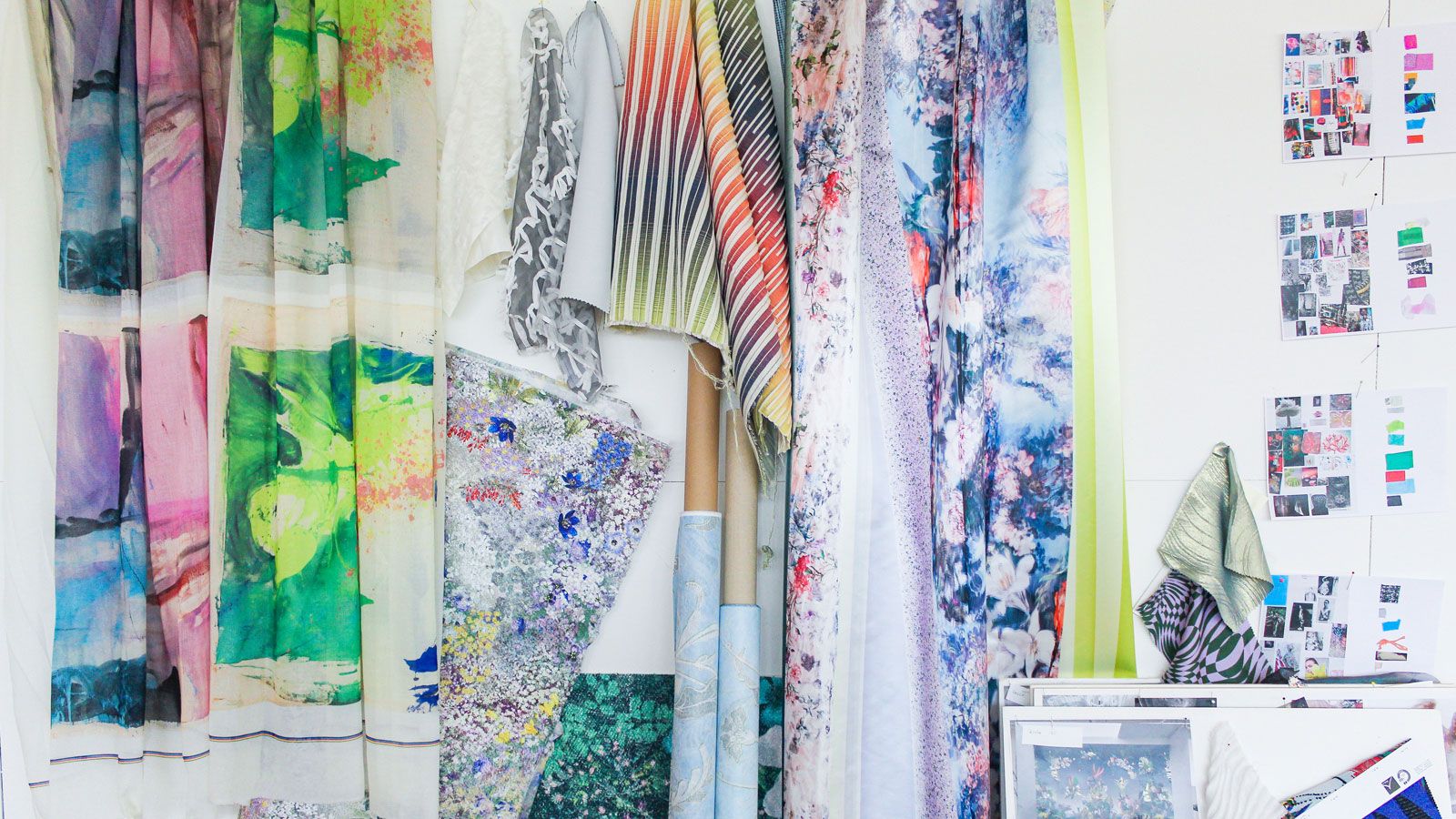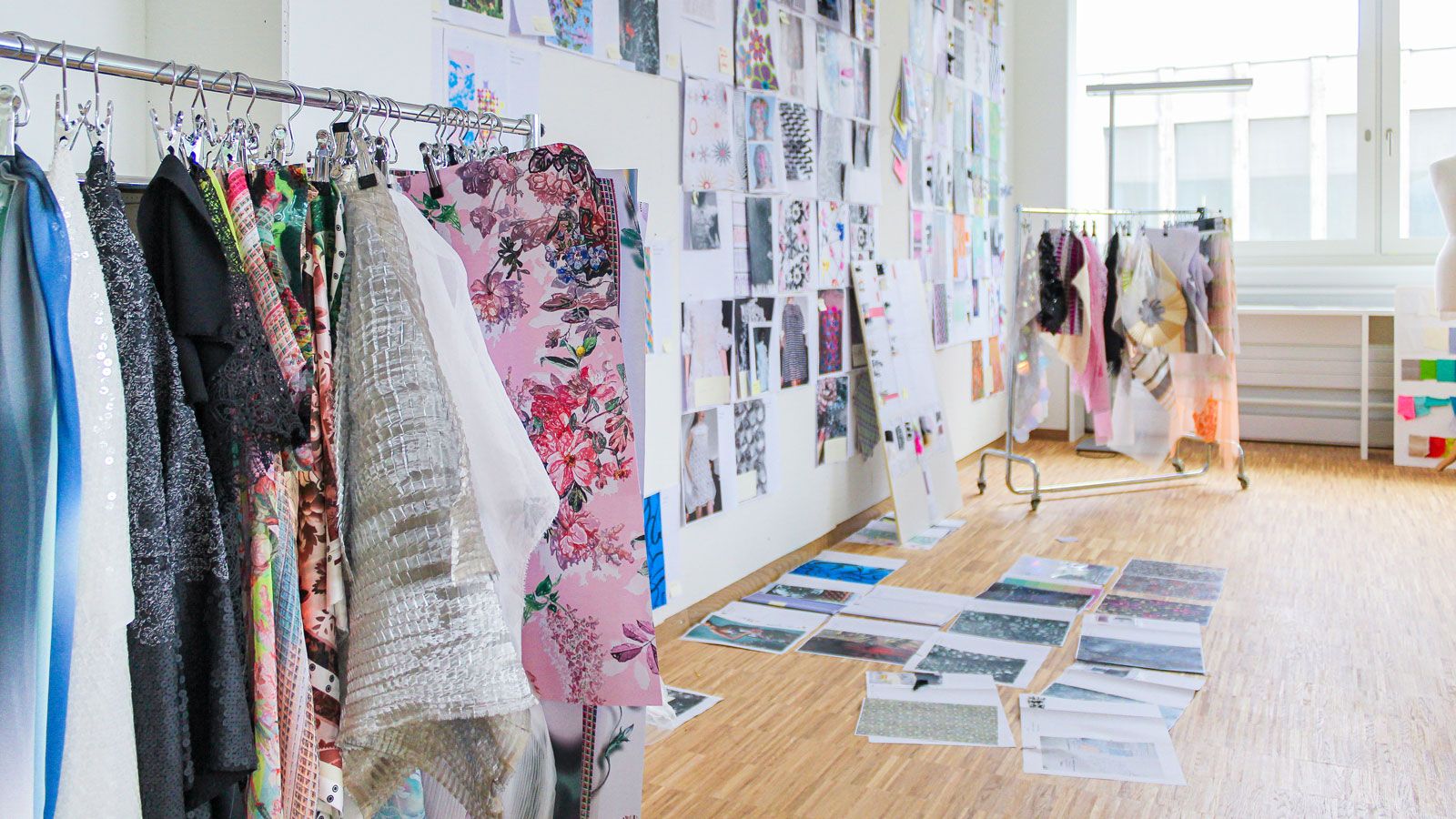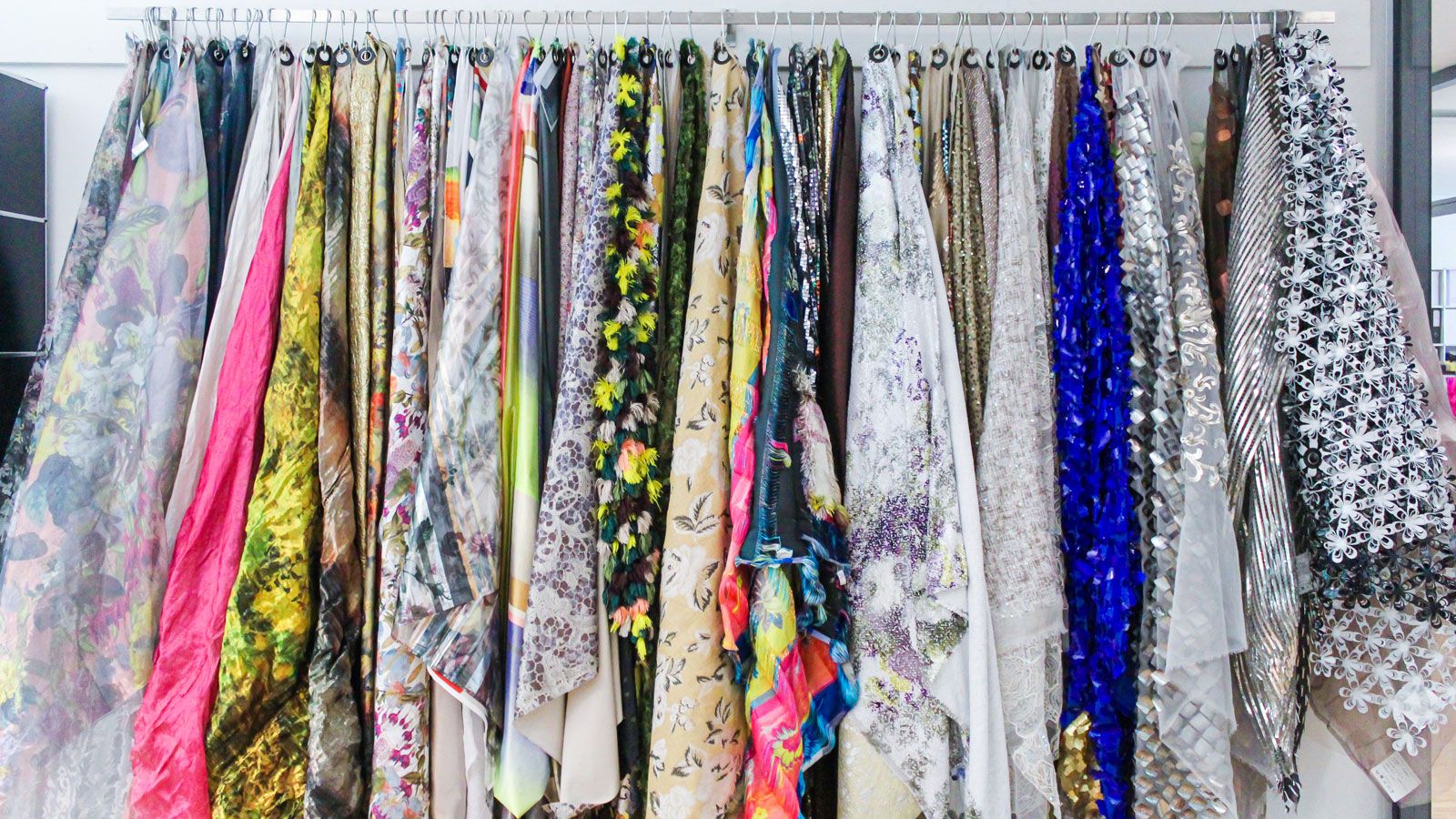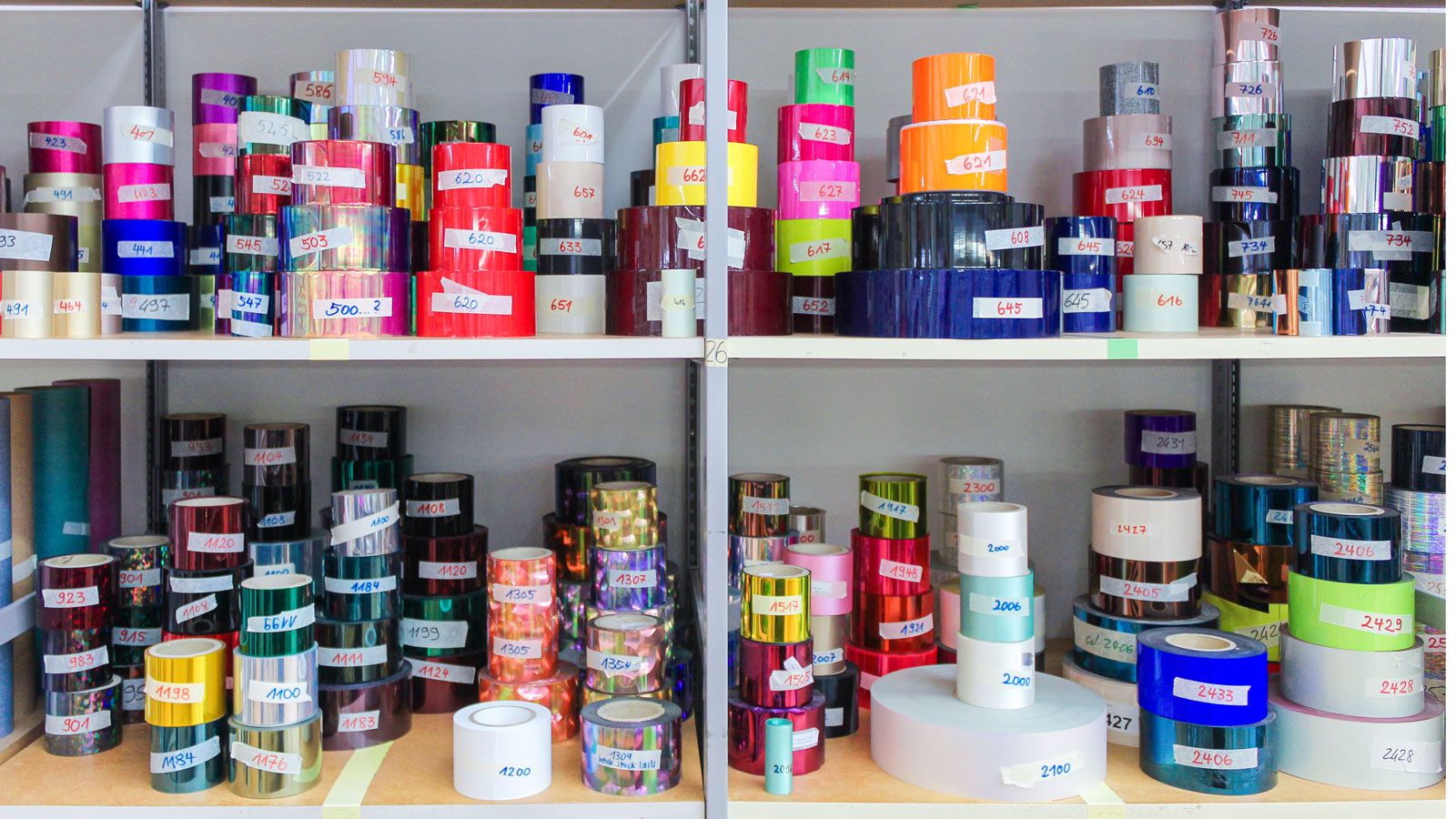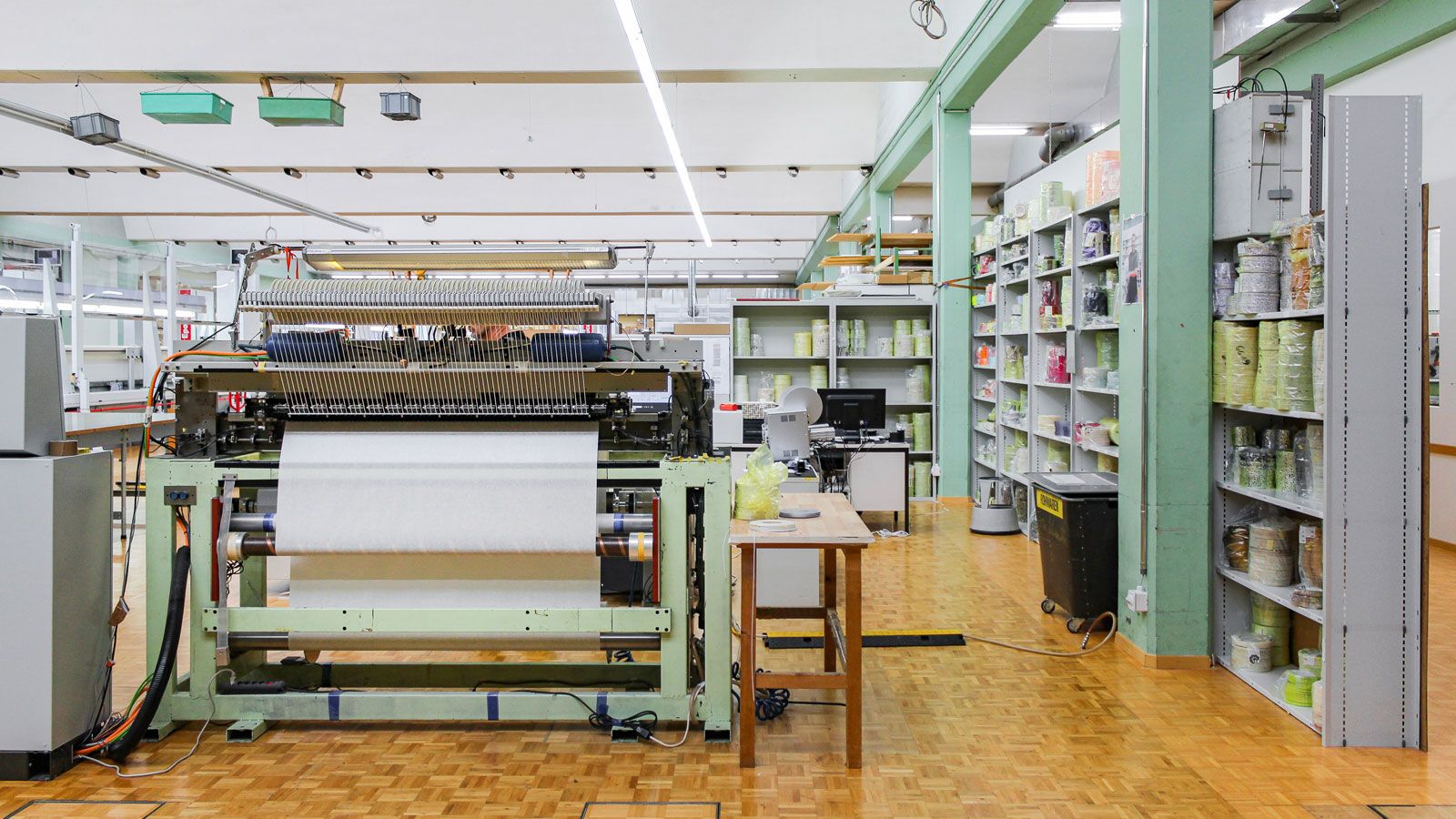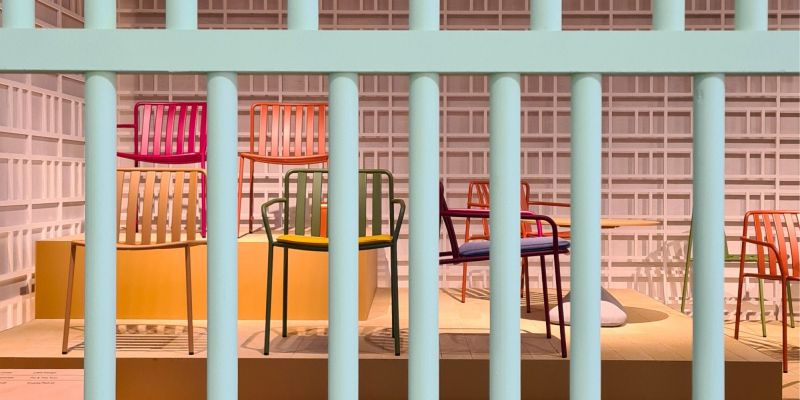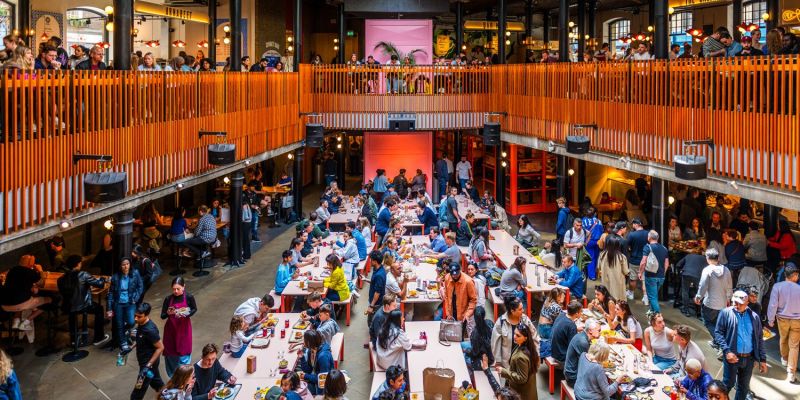27. September 2022
Sewn into the Fabric of St. Gallen
We went to St. Gallen to visit the time-honoured company Jakob Schlaepfer, which produces exclusive fabrics for fashion brands like Céline and Rami Kadi. Their range also includes textiles and tapestries for interiors.
Many regions in Switzerland can look back on centuries-long traditions of craftsmanship, and some of them still have social and economic relevance today. The watchmaking tradition in Western Switzerland is among the most famous examples: brands like Rolex, Patek Philippe, Omega and Audemars Piguet all call Switzerland home. Meanwhile, the opposite side of the country was and still is strongly shaped by the textile industry.
White Gold
Linen production was one of St. Gallen’s most important industry branches well into the 18th century. The linens went down in the history of textiles as «White Gold». St. Gallen would later go on to became famous around the world for its embroidery products; in 1910, more than half of the world’s production came from Eastern Switzerland. The heyday of this craft has waned since World War I, but the city is still an important hub in the textile industry.
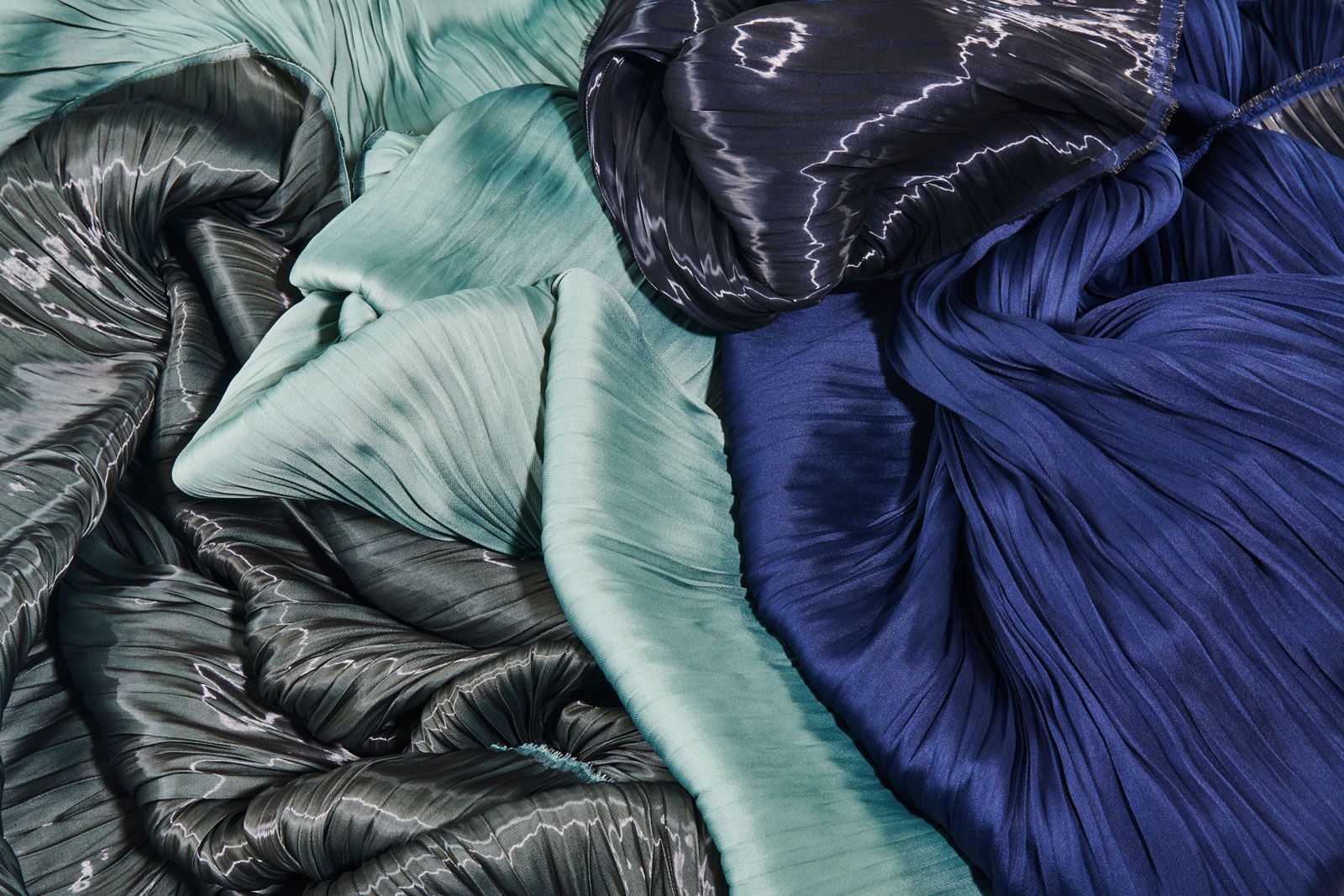
The company Jakob Schlaepfer was founded in 1905 as an embroidery business. Today it enjoys an excellent international reputation among fashion designers and (interior) architects and is known, in particular, for spectacular fabric creations. «In the Fashion segment, we do four collections per year», explains Kristina Ivanova during a visit in St. Gallen, «but if you add the customised creations for clients, it is six in terms of volume.» The sales director began her career at Jakob Schlaepfer as a sales manager for fashion textiles, but today she also manages the relatively young Interiors segment.
The cherry on top
Countless fabric samples from the Interiors segment hang in Kristina’s office. During the interview she stands up repeatedly to present different products. «Our fabrics are special, so they’re not for everyone», explains the 31-year-old. «Like I always say: they’re the cherry on top.» They might be used for decorative pillows, as upholstering for seating and naturally also as curtains. «Many of the fabric creations are so unique and opulent that you could hang them up as art objects in their own right.»
For the Interiors segment, Jakob Schlaepfer designs a collection with five to ten fabrics as well as five to eight wallpaper patterns per year. Wallpapers from the time-honoured St. Gallen company were, for example, part of the «Auf der Suche nach dem Stil» exhibition at Landesmuseum Zürich (by the way: DOBAS designed the same museum's gift shop, a project you can read more about here). The fabrics, by contrast, are mainly used in private spaces due to the cost on the one hand and their flammability on the other. «In small volumes and in certain situations – say, for a stool – the fabrics can also be used in the commercial sector», Kristina adds.

The who’s who of the fashion industry
On the day of our visit, a well-known French haute couture label is also in the building: nothing out of the ordinary for the Schlaepfer team. Fashion designers from all over the world, including Marc Jacobs, Céline, Giambattista Valli, Rami Kadi and many more, turn to the company for its expertise and innovative strength.
«Whether in Fashion or Interiors, we want to be an inspiration for the market. We want to bring together tradition and technology», the sales director states. When asked about how innovation is sustained, especially in a field as narrow as Interiors, Kristina answers: «Innovation does not always need to look completely crazy. Jakob Schlaepfer is known for its sequin fabrics and we continue to expand on this legacy. Even just a little twist can be a huge innovation.»

3D and sustainability
After a conversation on the Sales floor, we go upstairs to the Jakob Schlaepfer studio where the creative team is in action. People are working on computers and busts; there are metres and metres of fabric samples and mood boards; the company’s history meets a professional library with countless works. These rooms are under the direction of the studio manager Moritz Ahrens-Pohle, who joined the company in 2018.
At the end of our meeting, we dare to look ahead towards the future with him and Kristina, and ask about the potential game changers of the textile industry. While the sales director assumes that 3D printing will eventually have an impact on the sector, Moritz talks about sustainability: «This issue has been important to us for years. By developing film made out of recycled polyester, which is also used for our sequins, we are taking a big step in the right direction».
Kristina adds that the high quality of Schlaepfer products also contributes to the company’s sustainability: «Our fabrics keep for many years, and in the best-case scenario even for generations.» And since fabrics and wallpapers can be personalised – each item can be completely tailored to meet individual wishes – and only very few clients buy off the rack, the St. Gallen company does not have any storage place filled with deadstock. Moritz adds: «I'm always saying that our collections are like a toolbox whose elements can be mixed and matched as desired.»
However, small product volumes do make sustainable procurement harder since suppliers often demand significantly higher minimum order quantities for their sustainable products. There is still, without a doubt, a long and challenging path towards a sustainable textile industry, Moritz concludes. «We all need to be prepared to modify the established cycles and say goodbye to the convenience of fast-paced industries.»
Explore More Space Stories
Space Story #48 | 17 April 2025
Interior Design Inspiration: A Review of the Milan Furniture Fair 2025
An inspiring review of our visit to the Milan Furniture Fair and Fuorisalone 2025 – with fresh ideas for lighting, furniture and interior design in the commercial sector.
Space Story #47 | 27 March 2025
Restaurant Acoustics: How Interior Architecture Shapes the Dining Experience
Our Creation team discovered acoustics solutions for offices in the blox showroom. But acoustics also play a key role in the dining experience – how can interior architecture have a targeted impact on restaurant acoustics?

